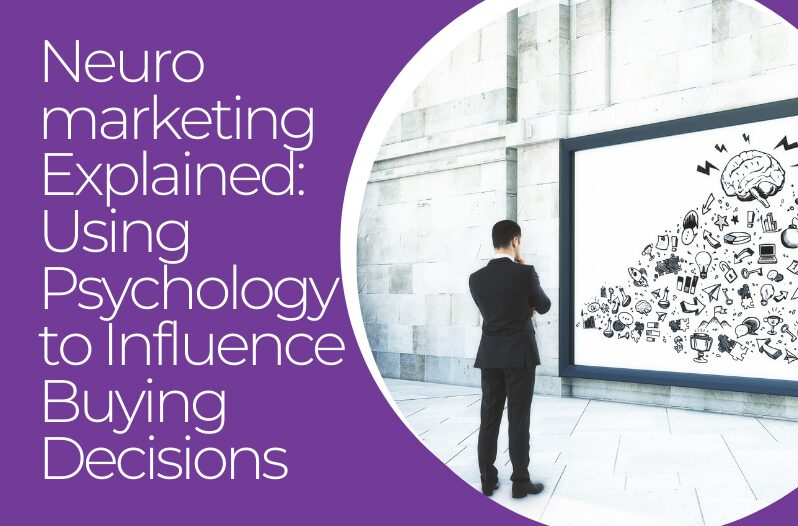What if everything you’ve been taught about engagement is only half the story? What if inspiring your audience to take action isn’t just about flashy visuals or clever taglines, but about diving deeper into human behaviour and rethinking the way you connect? Engagement isn’t simply about grabbing attention; it’s about creating moments that resonate so deeply they compel action—and perhaps even shift perspectives. Let’s challenge conventional beliefs and explore new approaches to engagement.
What Really Drives Audience Engagement?
Engagement is a multi-faceted process. It’s about aligning the psychological, emotional, and environmental factors that push people to act. But are we overlooking key aspects? Consider these often-missed drivers:
Curiosity vs. Clarity:
While clarity is essential, a touch of mystery can spark exploration.- Example: Teasers in headlines like “The Secret to Engagement You’ve Been Missing” encourage clicks.
Cognitive Dissonance :
People act to resolve contradictions in their beliefs.- Example: Pose provocative questions that challenge preconceived notions: “Is Your Marketing Actually Turning Customers Away?”
Subtle Social Proof :
Overloading on reviews can feel inauthentic. Instead, let endorsements emerge naturally.- Example: Highlight genuine user-generated content over polished testimonials.
The Role of Environment :
Engagement doesn’t happen in a vacuum; context matters.- Example: Tailor messaging to time, place, and medium—what works on Instagram may flop in an email.
Balancing Engagement Tensions
Creating a strategy that engages without alienating requires walking a fine line:
Inspiring Curiosity vs. Providing Answers
- Challenge: Too much ambiguity frustrates; too much detail bores.
- Approach: Lead with intrigue, then reward curiosity with meaningful insights.
Emotion vs. Logic
- Challenge: Leaning solely on emotion can feel manipulative; logic alone often lacks impact.
- Approach: Combine the two, framing emotional appeals with logical backing.
Immediacy vs. Long-Term Connection
- Challenge: Quick wins may not build loyalty.
- Approach: Engage today while setting the stage for ongoing interaction.
Innovative Strategies to Drive Action
Design for Cognitive Ease
- People are more likely to take action when information is easy to process.
- Example: Break up content into bite-sized, visually appealing chunks.
Creative Gamification
- Engagement thrives on challenges and rewards.
- Example: Offer surprise incentives for actions, like a bonus discount after completing a survey.
Leverage Contrast
- Highlight differences to make choices more compelling.
- Example: “Why Our Product Outperforms the Rest” paired with a side-by-side comparison chart.
Create Time-Specific Calls to Action
- Urgency motivates action but must feel authentic.
- Example: Limited-time offers tied to meaningful events (e.g., “End of Summer Sale”).
Turn Engagement into a Dialogue
- Two-way interaction fosters deeper connections.
- Example: Invite users to co-create content, such as sharing their own stories or ideas.
Real-World Examples: Breaking the Mold
How Airbnb Uses Storytelling
- Instead of promoting just listings, Airbnb tells host and traveller stories, creating an emotional connection.
Spotify’s Year in Review
- Spotify Wrapped personalises data into shareable moments, blending logic (stats) and emotion (nostalgia).
Heinz’s Tomato Ed Sheeran Campaign
- By incorporating pop culture unexpectedly, Heinz sparked global engagement and redefined brand storytelling.
Engagement isn’t static; it evolves with your audience and context. The key is to continuously challenge your assumptions and refine your approach. By looking at engagement through fresh angles, you can inspire action in ways that feel authentic, impactful, and unforgettable.




